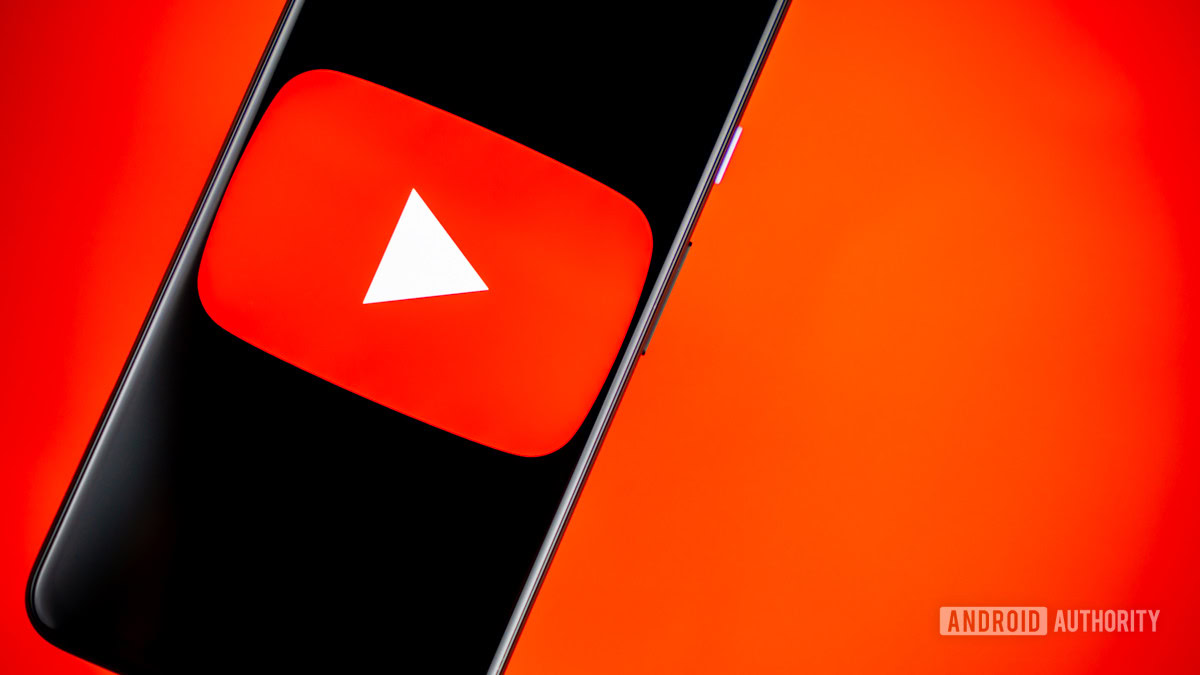
Major advertisers plan to pull spend from a Google third-party ad network and demand the tech platform implement more transparent practices as a new report details how brand and government agency ads were allegedly placed on thousands of risky and illegal websites.
The report by Adalytics, which analyzes media buys on behalf of agencies and brands, details the kind of websites that are purportedly part of the Google Search Partners Network (SPN), a lesser known product in Google’s portfolio that has historically been a black box for advertisers.
When advertisers buy search ads with Google, they are opted in by default to have their ads placed on the SPN network, a collection of tens of thousands of websites that have embedded Google’s custom search widget. Web developers can use the search functionality for free in exchange for allowing Google to insert sponsored search ads within a website’s search results.
Only government and nonprofit entities can use the free search widget without ads; websites that don’t fall into that category and wish not to monetize their search function have to pay a fee.
Adalytics identified 51,280 websites that embedded the Google Custom Search engine at some point, of which 36,612 sites appear to have served ads.
More than half of these sites, or approximately 21,454, appeared to be parked domains, which are registered but not operational.
Around 8% of the monetized sites represented risky environments for brands, according to Adalytics: 2,200 appeared to engage in copyright violations or piracy; 390 were pornographic; 197 appeared to be Iranian; and four appeared to be websites listed on the U.S. Treasury Office of Foreign Assets sanctioned list. U.S. economic sanctions imposed on Iran restrict Google from monetizing Iranian sites.
Google said most of the sites that adopt its Programmable Search Engine widget are not engaged in a revenue share agreement — quelling concerns that advertisers may be funding sanctioned websites.
Some of the sites within the SPN network had copyright violation de-listings recorded in Google’s Transparency Report, such as freewebnovel.com, booker6.com and tvshows4mobile.com.
In addition, some sites appeared to have auto-populated or pre-scripted search query inputs to conduct fraud, a possible violation of Google’s policies.
Marketing consultant and chief strategy officer at Ad Fontes Media Lou Paskalis described the SPN network as “utterly unpoliced.”
Google said it disabled its search widget product on adult websites it was alerted to from the report.
According to Adalytics’ comprehensive 270-page report, Google brokered ads for government entities, political fundraising campaigns and “hundreds” of household advertisers — including Apple, Amazon, Coca-Cola, Mastercard and Procter & Gamble — on these risky sites.
Nine of the top 10 most valuable global brands, per Kantar, were found on one or more of these sites. Only Visa was not observed.
This includes ads for the U.S. Treasury, the Department of Homeland Security, the FBI, the U.S. Secret Service, the U.S. Department of Defense, the U.K.’s MI6 and GCHQ intelligence agencies, and the European Commission.
Google’s own products also appear to have been advertised on these sites; Adalytics shared screenshots with Campaign US of sponsored search ads for Chrome Enterprise, Google Analytics, Google Cloud, Google Pixel and YouTube Ads appearing on porn sites, Iranian and Russian sites and Breitbart.
Several chocolate, soda, alcohol brands and alcohol distributors had search ads served on websites intended for children, such as KidzSearch.com and Kiddle.co.
Some of these advertisers specifically stipulated to their agencies they did not want to buy inventory on audience networks such as SPN due to their inherent risks, but ended up appearing on network sites anyway, according to Krzysztof Franaszek, the CEO of Adalytics, who spoke with Campaign US last week.
This scenario is how Adalytics uncovered transparency challenges within some of Google’s ad products. Ads from one of Adalytics’ clients, a major Fortune 500 brand, were discovered on websites that it had allegedly added to its domain exclusion blocklist.
Several advertisers that publicly pledged not to advertise on Breitbart were discovered on the publisher’s search ads, including Autodesk, BMW and Lenovo. Campaign US independently verified these results.
Google said it “honors the settings” of an advertiser’s campaign in SPN, including keyword targeting.
Dan Taylor, VP of global ads at Google, called the report “inaccurate.”
“Adalytics has established a track record of publishing inaccurate reports that misrepresents our products and make wildly exaggerated claims. We’ll of course review the report, but our analysis of the sites and limited information already shared with us did not identify ad revenue being shared with a single sanctioned entity,” Taylor said in a statement.
“The examples shared are from our Programmable Search Engine (ProSE) product (a miniscule part of our Search Partner Network), which is a free search tool we offer to small websites so that they can present a search experience directly on their sites. Ads may appear based on the user’s specific search query; they are not targeted to, or based on, the website they appear on. Websites who merely implement ProSE do not get any ad revenue from those ads. Moreover, ProSE represents a miniscule amount of our Search Partner Network.”
Google added that SPN contains popular sites such as YouTube, which represent a “substantial portion” of impressions on the network. Adalytics said it filtered out YouTube Search and YouTube Watch from its data analysis about search partners.
Opacity and dark patterns
Brands may be advertising on the SPN network against their wishes likely due to opacity in Google’s opt-out mechanisms, according to agency and brand executives who spoke with Campaign US.
Google automatically includes both SPN and Google Display Network (GDN) inventory on search campaigns; advertisers have to manually uncheck these boxes in their campaign settings on a country-by-country basis.
“I was surprised to know that SPN was something that was set up by default,” said a head of digital media at a multinational brand who was briefed on the report. “I don’t think SPN was something that was consciously being opted in to.”
Jamie Barnard, CEO of Compliant, a company that helps brands measure data compliance across the media supply chain, said Google’s processes display “a degree of dark patterns.”
Furthermore, SPN inventory is automatically included in Google’s AI-powered Performance Max campaigns — though Google is not upfront about this in its descriptions of how this campaign format works. Google does not share with advertisers the sites where their ads ran in Performance Max campaigns, a brand executive confirmed with Campaign US.
That means opting out of SPN inventory is not as simple as unchecking a box. The head of global media at a multinational brand said they instructed their team to remove all SPN inventory from campaigns earlier this month, but are still figuring out how to do so.
Brands that purchase ads through retail media networks face the additional challenge of convincing each of their partners — in some cases up to 40 retail networks, according to another head of media at a major household brand — to also opt out of SPN to prevent their ads from appearing on risky websites.
The role of agencies
Prior to this report, many brands were oblivious to SPN’s risks, according to Paskalis.
Agencies, on the other hand, are “well aware,” he said, and should have opted out. Some agency leaders with whom Campaign US spoke said they steer clients away from any audience networks due to their opacity — though they said these standards are not shared consistently across the large holding companies.
“Google also benefits from the complacency, and at times, negligence of agencies,” said Arielle Garcia, a consultant and the former chief privacy and responsibility officer at UM Worldwide. “It’s difficult to understand how agencies could meaningfully adhere to the media quality and brand safety expectations of their clients without having access to — let alone reviewing — the details on where ads ran.”
Garcia said Google has been working to promote the use of Performance Max and “would not be surprised if agencies have incentives tied to driving its adoption, which of course, would explain the incentive for agencies to repeatedly turn a blind eye to these issues.” Google did not respond to this claim by time of publication.
The fallout
Brands that spoke with Campaign US ahead of the release of the Adalytics report said they intend to pull all spend from SPN and Performance Max campaigns until Google audits SPN inventory and provides a list of websites in the network to clients.
Google said it “offers transparency” on how much of an advertiser’s spend was allocated to search versus SPN, but it does not offer a breakdown by site.
Advertisers also want third-party verification of Google search and SPN inventory — a standard brand safety mechanism that many who spoke with Campaign US were surprised did not already exist. Google Search and the SPN network are not Media Ratings Council accredited for brand safety.
Most brands have built a heavy reliance on Google in their marketing mix, and pulling spend could be a detriment to their businesses — especially during the holiday shopping season.
An agency that conducted a log-level analysis of search spend said SPN represented between 20% to 30% of total search spend it allocated for clients. A brand that spends more than half of its total media budget on Google said Performance Max accounts for 2% to 3% of its total Google spend.
Google search ads drew in $162.5 billion in revenue in 2022, according to its earnings reports. Adalytics estimates that roughly $11 billion of this spend was allocated to Google’s extension networks, SPN and GDN.
Google’s Taylor said this revenue estimate is “frankly, absurd,” but declined to provide an alternative number.
Some of the budgets moved away from SPN and Performance Max will likely shift into Google’s other properties, such as Google-owned search and YouTube — but brands nevertheless hope that tightening the belt will spur action.
“I hope it’s not just the normal recourse that we usually get — a few advertisers that complain for a little while, Google doesn’t really do much, and then we start spending with Google again,” said the head of media at a multinational brand. “My biggest hope is for it to be a reality check to the industry that we can’t trust platforms yet to buy media for us.”
The report has also caught the attention of U.S. senators who called Google’s behavior “unacceptable” and pushed for the government to “take action.”
Senator Marsha Blackburn (R-TN) said in a statement to Campaign US: “The research shows that advertisements for different alcohol brands were found on websites geared toward children. I have long fought to protect kids online, and Google is directly undermining their safety by exposing children to these types of products. This is unacceptable, and Google must put an end to this.”
Senator Mark Warner (D-VA) said in a statement to Campaign US: “For over eight years now I have raised grave concerns with the FTC and the Department of Justice over the extent to which digital advertising intermediaries maintain a concentrated ecosystem rife with fraud. The monetization of sanctioned entities’ websites should be the final straw for the government to take action to clean up this market.”
The report could add fuel to the Justice Department’s ongoing antitrust lawsuit against Google’s search dominance, which will go to closing arguments in May 2024.
Correction: A previous version of this article stated that SPN inventory is automatically included in Google’s AI-powered Discovery campaigns, a format which was recently upgraded to Demand Gen. The advertiser who shared this information has since learned that Discovery campaigns previously included GDN inventory but not SPN. The newly upgraded Demand Gen format only includes Google owned and operated inventory.
This story first appeared on campaignlive.com.
Source: www.prweek.com


